
Ever stumbled upon a website that just grabbed your attention from the get-go? The colours, the layout, everything just clicked, and before you knew it, you were clicking ‘add to cart’ or signing up for a newsletter. That’s the magic of good design – it’s like a magnet. On the flip side, I bet you’ve also hit a site that looked like it was thrown together in the Dark Ages. It’s clunky and confusing, and you just can’t wait to hit the back button! Yeah, me too.
That’s a prime example of how important design is to a website’s success creating an experience that guides visitors smoothly towards making a decision – whether that’s buying a product, signing up for a service, or just engaging with content.
First impressions in web design are like the opening scene of a movie. They set the tone and decide whether the audience stays or leaves. A website that combines aesthetic appeal with functionality welcomes visitors effectively.
This involves choosing the right colours, fonts, and layout that align with the brand’s identity, making the site not just a visual treat but a reflection of the brand’s values. User-friendly design ensures that visitors find what they’re looking for effortlessly creating an intuitive pathway that guides visitors naturally through the site, making the first impression a lasting one.
Engagement and user experience are central to retaining visitors to your website. A site that’s easy to navigate, loads quickly, and is consistent in its design language keeps users interested and reduces bounce rates. Good design prioritises content layout, ensuring that important information is easily accessible and that actions, like clicking a button or filling out a form, feel intuitive.
It’s about removing barriers to engagement, whether they’re slow loading times, confusing navigation, or inconsistent styling. A well-designed website makes every visit smooth and enjoyable, encouraging users to stay longer and engage more deeply with your content.
Design plays a critical role in converting visitors into customers. A website that’s optimised for conversion highlights key actions with clear, compelling calls-to-action. It uses layout, colour, and contrast to draw attention to the right places, guiding users towards making a purchase, signing up for a newsletter, or reaching out for more information.
Trust signals, such as testimonials, certifications, and secure payment badges, are integrated seamlessly into the design, building confidence in the brand. Effective design simplifies the user journey, removing unnecessary distractions and focusing on the value proposition, making the path to conversion as clear and straightforward as possible.
Good web design extends beyond the website itself, influencing brand perception, customer loyalty, and ultimately, business success. A well-designed website acts as a key differentiator in competitive markets, setting a brand apart and communicating its unique value proposition effectively. It engenders trust and credibility, encouraging repeat visits and fostering a loyal customer base.
The positive experience created by thoughtful design leads to word-of-mouth referrals, expanding the brand’s reach organically. In this way, investing in good design is a strategic business decision that has far-reaching effects on a company’s bottom line and growth potential.
Copyright 2024 On Point Digital Solutions








